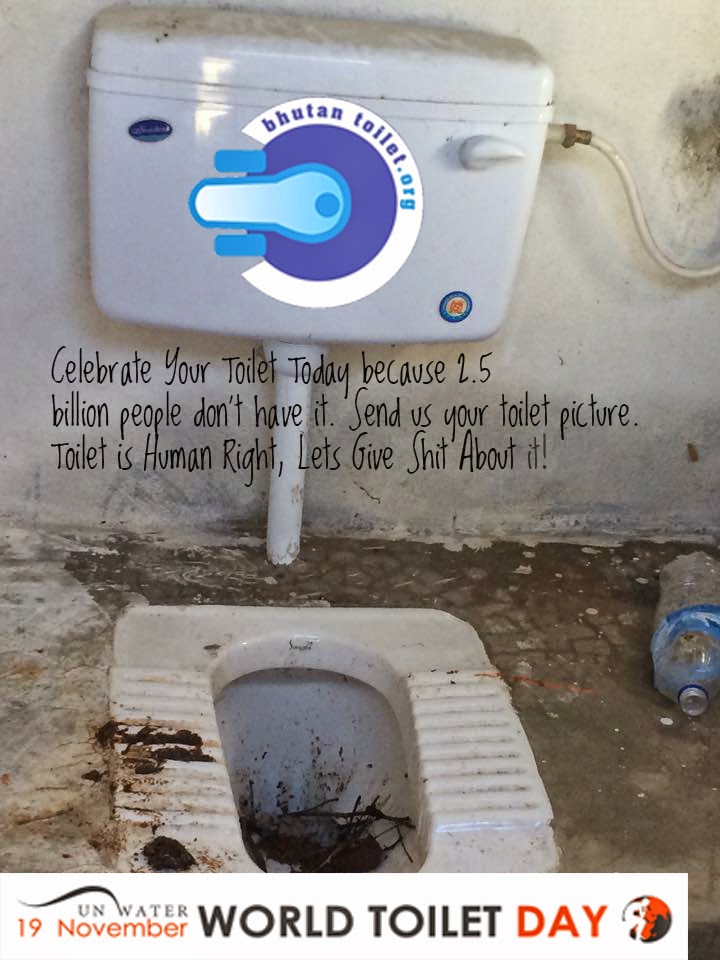Dear Kelzang Chhoden,
Along with thousands of people across the world I read those heartbreaking letters your dear husband Tenzin Dorji wrote to you ever since you left him. It was so painful to read yet so enthralling to avoid. In the midst of reading my vision would blur and before I realise tears would roll down my cheeks.
In those letters we knew you, we saw the radiance of your young heart; in those letters we celebrated your selfless love; in those letters we felt your ambition and drive for change, your perseverance was far ahead of your age; In those letters we pained in your sickness and those letters shattered us in your death.
But you left behind a dream, and I am writing to tell you that your husband lived that dream bigger than you ever thought. You have left him a purpose, a deeper meaning to seek in your death beyond the endless tears and sleepless nights. He hasn't left a single stone unturned in building your dream on his broken heart. I must tell you that your memories have touched countless lives, which pains me to wonder what you would have done if you lived on.
It's the hardest to digest knowing your death was avoidable and I am proud to tell you that your husband fought a hard battle against all the people who were involved. He knows that you are gone forever but he didn't want the same to happen to anybody. I hope this time the message went deep and high.
 |
| Tenzin Directing a Child at the Camp! |
Your husband engineered your dream into Camp RUF(Rural Urban Friendship) and it has inspired the largest assembly of charitable Bhutanese, they came forward to offer help in all humanly possible ways. They came together to support your husband in his sincerest pursuit of your dream. They seek love, compassion, kindness, and peace in helping him because his love for you, even in your permanent absence, was a heartwarming surprise.
We followed your dream to Dagana, Lungtengang Pry School, the school where you taught. It reminded me of my one year in Sombaykha, Haa. I saw the room you lived in, the ceiling was almost falling down and there is hardly any natural light coming in. The toilet was over hundred meters aways, without water. Tenzin told me how hard it was to walk you over that painful distance at night when you were sick. I felt so guilty knowing that in your sickness you lived in such difficult place while we lived easy urban lives.

The camp, likewise, was a big eye opener for the 54 urban students and volunteers. I had joined over 150 campers as a photographer along with my South India friend. While I grew up in village and had been in equally difficult place yet the camp had so much to offer. It made us realise how many things we have taken for granted, it made us realise how ungrateful we have been. I could see the reflection of how the urban children would feel in my Indian friend. He was a lucky child and he only realised it in Dagana. He was totally underprepared for the place and after four days he literally gave up and I had to leave the camp with him. He still tells me that he is happier than ever after Camp RUF, he says he now has no complains about his life at all. I hope the camp had same impact on all the children too.
Your mother and sister graced the camp and I know how painful it must have been for them to be there but you should have seen the pride in there eyes as they look at your husband. When your mother left she left a message for him, "Tenzin, you are no more my son inlaw, you are my son."
Those four days at Camp RUF with my camera gave me the opportunity to capture the joy of giving, the joy of helping, joy of sharing, the joy of friendship... I will never forget that expression on Ap Phuntsho's face on the day the campers help him rebuilt his home. I wish I had stayed one more day to experience the moment when children visited their host families and gifted them clothes. But I know by leaving the camp early I have saved myself from the terrible pain of departure. Those three evenings where I presented the photo slideshows made me feeling the subtle attachment to those innocent faces and selfless friends I had captured.

At times among the busy crowd of happy campers I saw your husband lost in his thoughts, I know he is wishing if you were there. Sometimes it seems like he gave way too much joy that he had nothing life for himself but he told me that those silent moments were spent in celebrating your memories and thanking you for giving him so many sincere friends and making him live a purposeful life.
 |
| Lone Tenzin watching the campers |
It been a while and I am looking back at the pictures from the camp and in those thousand pictures I see how a man can change the world. Your husband made it. I hope the successive camps will be as successful and inspiring.
With Love
Aue PaSsu
P:S: I forgot to tell you that Tenzin has finally decided to move on. He found a Kesang in whom he saw a little bit of you. I met her on my way back. I hope they find in each other the divine love you left behind.
































